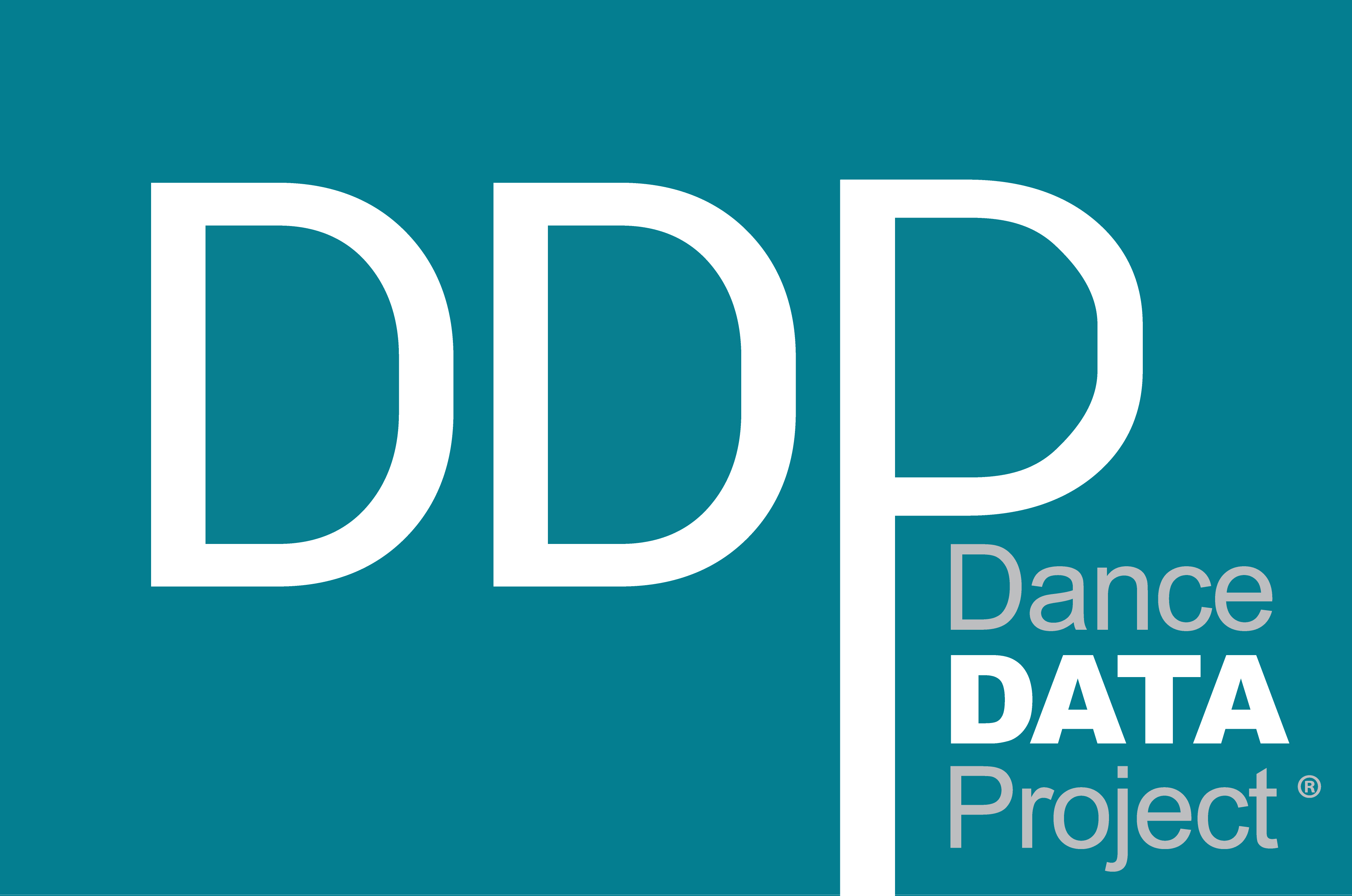KQED Arts: Bay Area Dance-Maker Called Up as New York Looks for Next Hot Thing in Ballet
"The Devil Ties My Tongue" by Amy Seiwert performed for the SKETCH Series, 2013. Photo by David DeSilva. Courtesy of Amy Seiwert's Imagery
April 30th: South Arts: Professional Development & Artistic Planning Grants, April 30th: South Arts: Express Grants, May 6th: Doris Duke Foundation Grant, May 7th: South Arts Individual Artist Career Opportunity Grant, May 27th: Dancemakers Residency, June 1st: Miami DanceMakers
×
"The Devil Ties My Tongue" by Amy Seiwert performed for the SKETCH Series, 2013. Photo by David DeSilva. Courtesy of Amy Seiwert's Imagery
By Carla Escoda
10 April 2019
“Can hip-hop save ballet?”
It was a question recently asked on BBC Radio by Eric Underwood. The former Royal Ballet soloist was talking with other prominent black dancers about the systemic exclusion of black dancers from the ballet world, and the need to keep the art form relevant. As ballet companies embrace assorted strategies to become more inclusive, perhaps the real question is: can ballet save ballet?
It urgently needs a pipeline of new dance-makers, and platforms that give them the freedom to take risks. As Diana Byer, founder and artistic director of the acclaimed New York Theatre Ballet, and a stalwart champion of new dance-makers, tells me, “It is a constant struggle to find even extremely limited funds to nurture emerging choreographers.” Today, she says, “media drives a specific kind of artist and the texture of the dance scene tends to become one-dimensional.”
In this grim climate, Byer has persisted. Last weekend she chose six rising choreographers to present work at New York’s storied 92nd Street Y. All are current or former dancers with well-known companies (including New York City Ballet, American Ballet Theatre, New York Theatre Ballet, and Oakland Ballet), and all are New York-based—except for Milissa Payne Bradley, who hails from the Bay Area.
It’s unusual for the West Coast to be invited to a New York dance party. New York City likes to think of itself as the world’s dance capital, and every other city in America as “regional.”
Read the full article on KQED Arts.
Reach out to us to learn more about our mission.
"The Devil Ties My Tongue" by Amy Seiwert performed for the SKETCH Series, 2013. Photo by David DeSilva. Courtesy of Amy Seiwert's Imagery

 ThinkProgress: Muffet McGraw is done hiring men
ThinkProgress: Muffet McGraw is done hiring men
Leave a Reply
Want to join the discussion?Feel free to contribute!